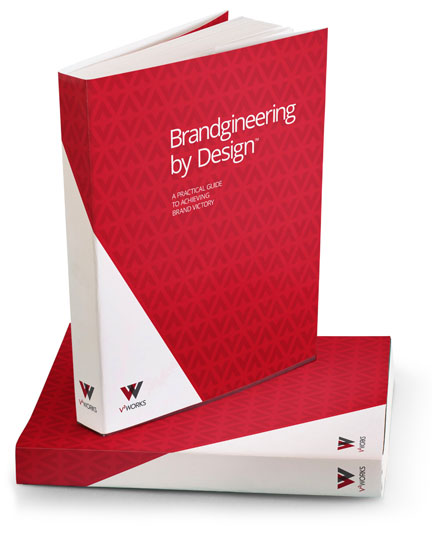
At V2Works, we look for skilled applicants who challenge and inspire us. We love big thinkers and brand innovators. We don’t care where you went to school or who you know. Just be bright, cutting edge, and ready to kick average work to the curb to create work that matters.
During my career, I’ve reviewed countless applicants, but only a few pass the test to make it beyond my inbox before getting filed away. Fewer still get an interview. If you want to get hired at V2Works or another design firm, you might want to consider the following information.
First Impressions
Since we’re living in the digital age, the first thing I see these days is an email cover letter, followed by an attached, more detailed cover letter. These two items can build or blow my very first impression of a designer. If there are mistakes — such as misspellings, typos, or the fact that I’m reading an obvious form letter — I’m swayed immediately.
If a person doesn’t take the time to proof their letter or personalize it so that it shows me they have at least done a little homework about the agency (or bother to switch out that “other” agency’s name!), then that’s strike one. These letters are supposed to represent them, and if a designer doesn’t care enough about the impression they are giving, then why would they care about my clients? It also tells me they aren’t detail-oriented, which is huge in this field.
The only saving grace from a minor mistake is if their attached cover letter and attached resumé (which I do not read at this time) are well designed and formatted. First impressions are everything, so your cover letter and resumé should be well-designed. Not an over-the-top design — just a nice, clean, and well-thought-out piece. If the documents are formatted in Word, that’s strike two. A true designer would never design in Word. Plus, I don’t care if some job search sites require a Word formatted resumé for an easy upload; if you’re sending it directly to an agency, do not use Word. No excuses. If the letter IS well designed, they move to the next step — portfolio review.
Portfolio Review
When I browse a potential designer’s portfolio, I’m not only looking at composition but also the tiny details of everything shown, too. For example, did the designer pay attention to (or care enough about) the subtleties of kerning, consistency in styles and spacing, following a grid, or uniform margins? These are especially critical in more involved pieces that have repeating elements. At first look, a design may be very appealing, but under closer inspection, I may see flaws that tell me the creator didn’t care about the details. I’m not looking for someone who merely has a good eye and can slap things together in a “pretty” way. I’m looking for creatives who see the big picture and can make that picture the best possible version it can be. The difference between a mediocre designer and a great designer is one who has a good eye for layout and a clear understanding of how to build upon that layout with finessed precision. Our job is to make clients look good, down to the last element. NOTE: If I can’t see these forms of items in a designer’s online portfolio, I always ask to see more portfolio items in person so I can check — if they make it that far.
Also, when I’m browsing online and find missing images and/or broken links, that’s another strike. For me, it’s all about taking responsibility for what you a presenting. If a designer doesn’t care about a broken portfolio, they certainly won’t care very much about the particulars of any given project assigned to them.
Resumé Review
If a designer’s portfolio shows talent and passes my test(s), I go back to read the entire resumé. Here again, it’s about the nuts and bolts of the information presented. Do the skills match up with the pieces I saw in the portfolio? Are there any discrepancies on it compared to the corresponding LinkedIn profile? I would say about half the resumés I read have mismatched data on “paper” versus LinkedIn, and I’m left guessing whether or not it’s a fabrication (not good!) or just a disregard for the fine points (also not good).
Another really big thing I look for is work history longevity. If someone jumps around jobs a lot, it shows me they have no loyalty, no responsibility, or even worse, they are a horrible designer and/or employee that no one wants working for them. If it’s the former, why would I spend months training someone and getting them up to speed on the agency/clients/projects if they will most likely jump ship a few months later? NOTE: I rarely – if ever – call references. Nowadays, employers can’t give out much information about employees anyhow, and personal references will always give a skewed perspective. I mean, I wouldn’t personally list someone if there’s a chance they’d talk me down, so why would anyone else?
Interviews
If a designer’s resumé pans out, I move into phone interviews. I have a set of questions I ask that help flesh out the experience of any given designer. These questions give me a fairly good idea of their talent and skills as well as some insight into an applicant’s personality. If that conversation matches what I previously learned, I move on to in-person interviews. At this point, we dive even deeper into the same items I’ve already reviewed, along with what we’ve chatted about on the phone.
Conclusion
I hope this gives you some insight into how and what I look for when hiring, as well as what items stand out. It comes down to having a good combination of talent, creativity, consistency, and a strong sense of responsibility and initiative. I wish you all the best!

